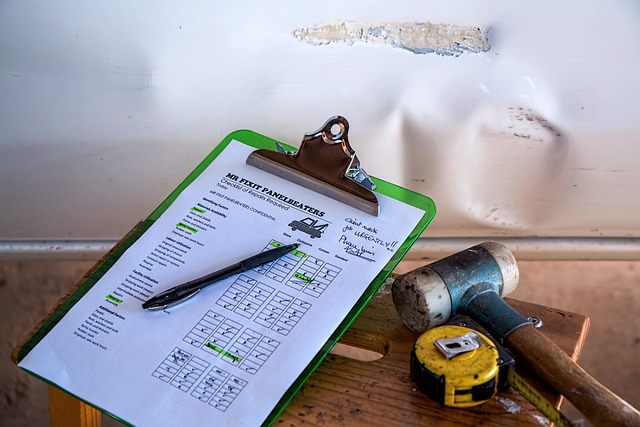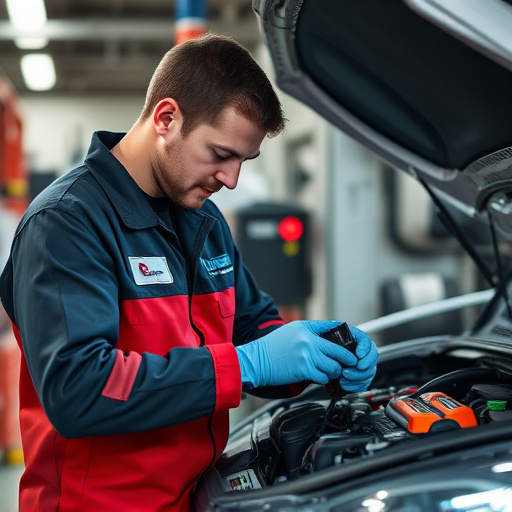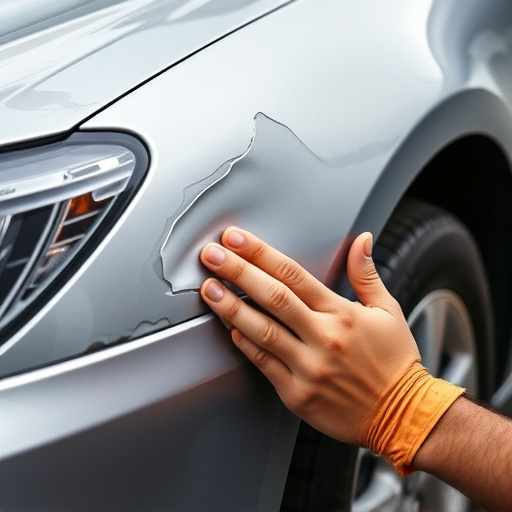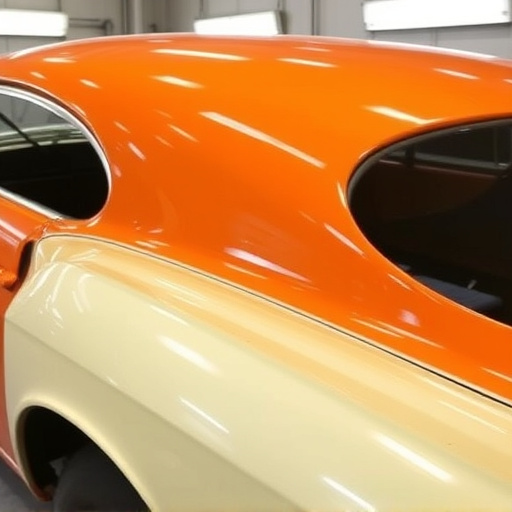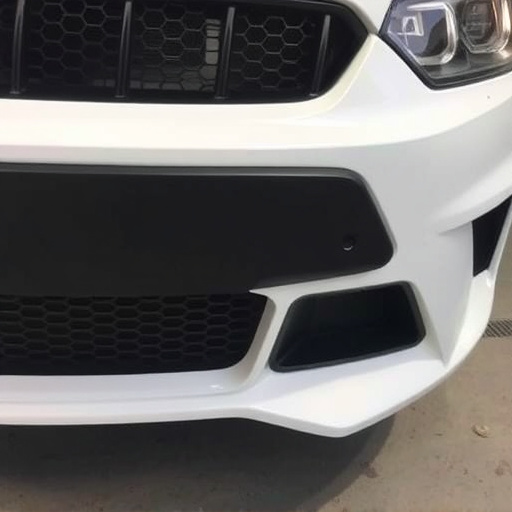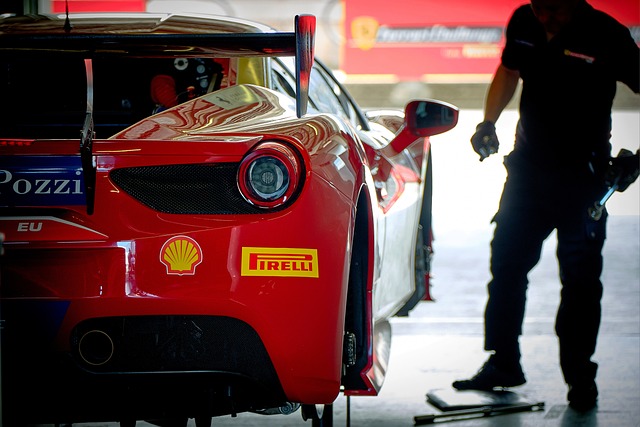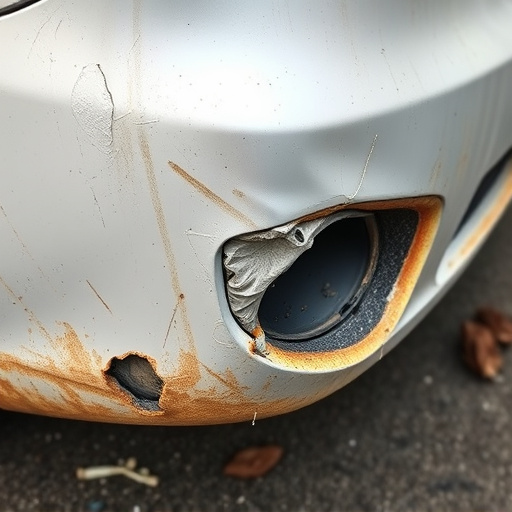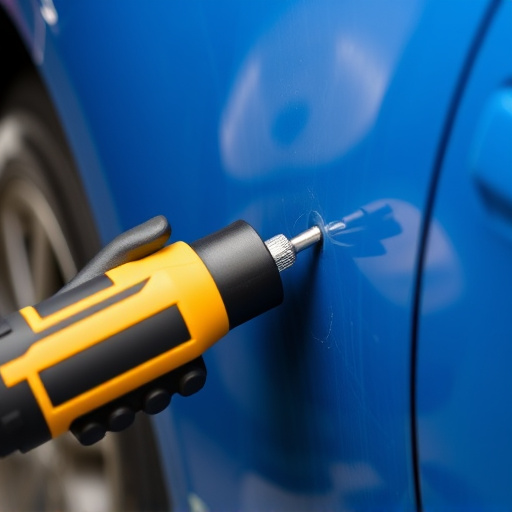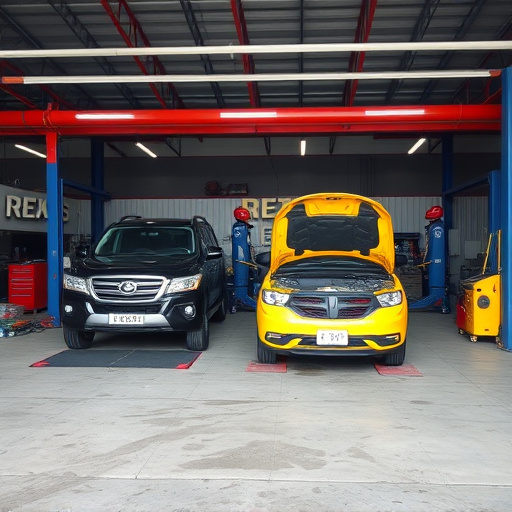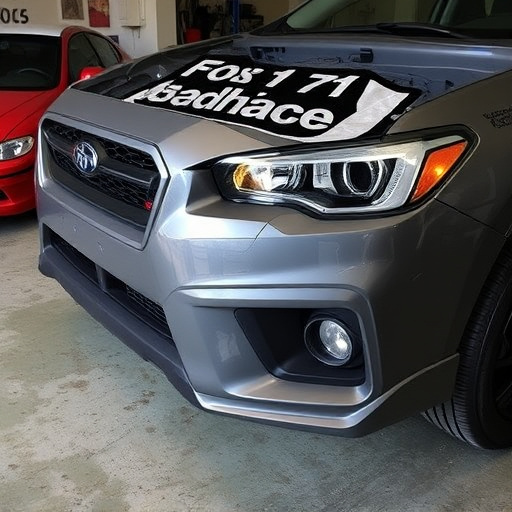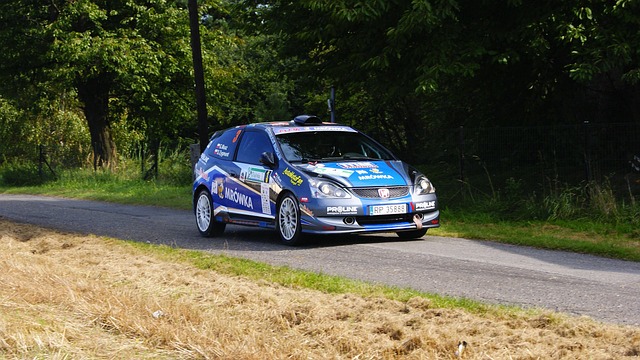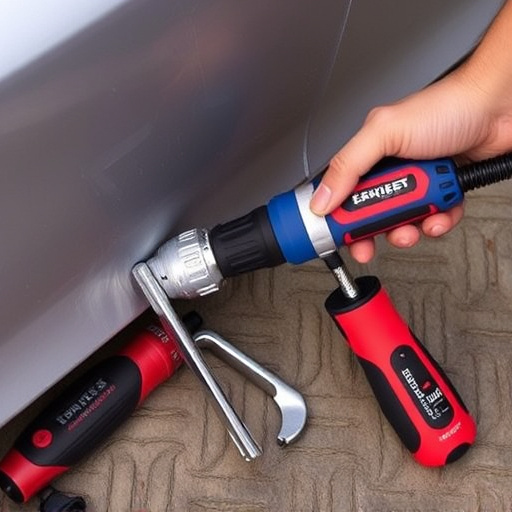Clear coat damage is a common automotive issue caused by weather, UV rays, or physical dents. Proper repair involves meticulous preparation, precise color matching, and curing for durability. Post-repair care includes regular washing, inspection, and application of protective wax or sealant to maintain the repair and extend the car's protective layer's lifespan, enhancing its appearance and resale value.
“Discover how to protect your vehicle’s finish and prevent future damage after a clear coat repair. This comprehensive guide covers understanding the causes of clear coat damage, mastering the step-by-step repair process, and essential post-repair care tips. By implementing these strategies, you’ll extend the life of your car’s clear coat, ensuring its glossy protection against scratches, chips, and environmental wear. Learn to maintain a seamless, durable finish with our expert advice on clear coat repair.”
- Understanding Clear Coat Damage and Its Causes
- The Step-by-Step Process of Clear Coat Repair
- Post-Repair Care Tips to Prevent Future Damage
Understanding Clear Coat Damage and Its Causes
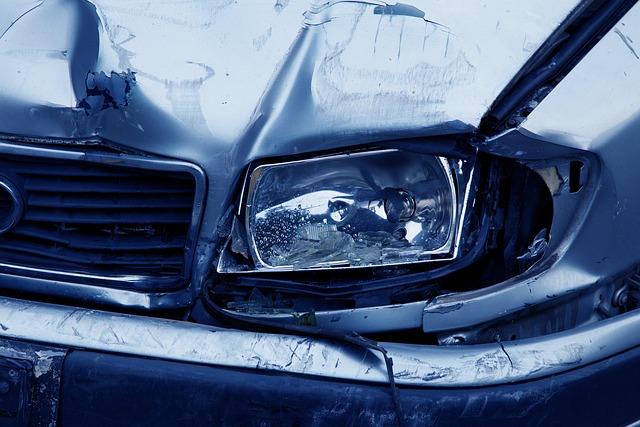
Clear coat damage, a common issue for many vehicle owners, refers to the degradation or peeling of the protective clear coating on a car’s exterior. This can result from various factors such as exposure to harsh weather conditions, UV rays, chemical stains, or physical dents and scratches. Understanding these causes is crucial when it comes to preventing future damage after a clear coat repair. For instance, while minor dents or scratches might be visually appealing, they can weaken the integrity of the clear coat, making the vehicle more susceptible to water penetration and oxidation over time.
Auto repair shops often recommend regular maintenance and prompt attention to any signs of clear coat deterioration. Vehicle dent repair, for example, should not only address the visible damage but also ensure that the underlying surface is thoroughly cleaned and prepared before applying new clear coating. Car repair services that specialize in clear coat restoration can provide expert advice on product selection, application techniques, and environmental considerations to safeguard your vehicle’s finish. By being proactive about clear coat care, owners can significantly extend the lifespan of their car’s protective layer, enhancing its appearance and resale value.
The Step-by-Step Process of Clear Coat Repair

The process of clear coat repair involves several meticulous steps to ensure optimal results and prevent future damage. It begins with thorough preparation, where the damaged area is carefully sanded and cleaned to remove any debris or contaminants. This step is crucial as it creates a smooth surface for the subsequent repairs. Once ready, the technician applies a matching clear coat, precisely mixing colors to blend seamlessly with the existing finish.
After application, the clear coat requires curing under specific conditions, usually involving time and temperature control. This curing process enhances durability and ensures the new coating adheres properly. Following this, light sanding is done to achieve a perfect finish, smoothing out any imperfections. Finally, a protective topcoat can be added as a finishing touch, enhancing the repair’s longevity and safeguarding against future damage during auto body painting or vehicle restoration processes.
Post-Repair Care Tips to Prevent Future Damage

After successfully repairing your clear coat, proper post-repair care is essential to prevent future damage and maintain the quality of the work. One of the most crucial steps is regular washing and inspection of the repaired area. Use a mild, pH-balanced car shampoo and soft cloths to gently clean the surface, avoiding abrasive materials that could scratch the fresh repair. Inspect the clear coat regularly for any signs of chips, cracks, or fading, addressing issues promptly to prevent further deterioration.
Additionally, applying a high-quality wax or sealent can provide an extra layer of protection against UV rays, bird droppings, and tree sap—common causes of clear coat damage. Regular application of these protective coatings not only enhances the gloss and shine but also acts as a barrier, prolonging the life of your auto body repair work, whether it’s carried out in a professional body shop or as a DIY project. Remember, consistent care will ensure your clear coat repair stays looking its best for years to come.
After successfully repairing your clear coat, proper post-repair care is crucial to prevent future damage. By following the step-by-step process outlined and implementing these preventative measures, you can ensure your vehicle’s finish stays protected and looks its best for longer. Regular washing, using dedicated car care products, and avoiding harsh conditions will contribute to maintaining the repair’s integrity. Remember, prompt action after noticing any clear coat damage is key, as ignoring it may lead to more extensive and costly repairs down the line. Keep these tips in mind to get the most out of your clear coat repair efforts.
